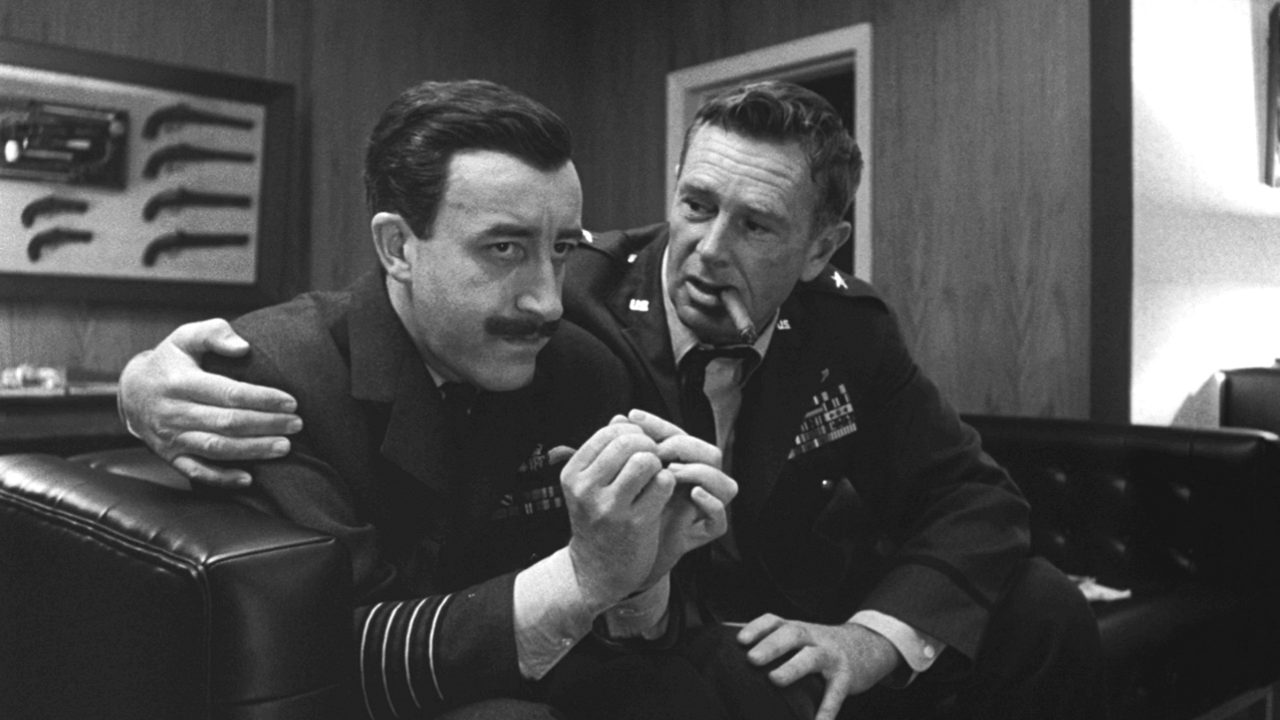Update from January 2021: This is an old post and I have evolved my thoughts on this issue. I leave this here mainly as bread crumb on the trail of my evolving thoughts about this topic.
Zachery Berger published this epic tweet storm last week about estimated GFR. It starts here:
What a great question. Why do estimates of kidney function include different normal ranges for African Americans than non African Americans? Therein hangs a tale. (A thread to be intermittently updated between patients & work)/1 https://t.co/MKsU08oCfj
— Zackary Berger (@DrZackaryBerger) March 29, 2018
The conclusion is that using race in the MDRD formula (and by extension the CKD-epi formula) is inherently racist.
What have we learned up to now (well, I think many of us knew this stuff, but anyway):
— Zackary Berger (@DrZackaryBerger) March 29, 2018
1. Race is applied a priori without justification
2. Its definition is not specified
3. The definition can vary
4. It is ported into modern lab values/analyses without thinking/25
I do not think this is the case. Trying to estimate GFR from a serum creatinine and a few demographic variables is impossible, the best we can hope for is a reasonable guess. To see how bad we are take a look at the wide variability at high GFRs with the current CKD-Epi formula:

One of the primary reasons for this imprecision is that creatinine production varies from body to body. When one person produces more creatinine than another, for a set rate of creatinine excretion his serum creatinine concentration (what we measure on a blood test) will be higher. Who produces more creatinine? People with more muscle mass.
- Larger people produce more creatinine than smaller people
- More muscular people produce more creatinine than less muscular people
- People with four limbs produce more creatinine than people with 3 limbs
- Men produce more creatinine than women, on average
- Young people produce more creatinine than older people, on average
- Vegetarian Indians produce less creatinine than westerners
- Black people produce more creatinine than non-black people, on average
The data is shown in figure 1 of Levey’s 1999 study.

Even though Dr. Berger did not draw the conclusion that estimated GFR is inherently sexist, let’s look at gender first. I have recolored the two graphs and superimposed them on one another. Men are in red and women are in blue:

It is clear that for any given GFR the men tend to have a higher creatinine than the women. This is not perfect and it is not hard to pick out individuals where this generalization fails, but in general this is a fair generalization. Levey comments and quantifies this gender difference:
At any given GFR, the serum creatinine concentration is significantly higher in men than in women (P 0.001).
The figure, without any recoloring, provides the curves for black (solid line) compared to non-black (dotted line) patients. Again it is clear that the average GFR is higher for black patients at any set creatinine. Levey comments and quantifies the racial difference:
At any given GFR, the serum creatinine concentration is significantly higher in men than in women and in black persons than in white persons (P=0.001).
Dr. Berger misses this fact:
Interesting: how do we know *that* to be true? Three references are given:
— Zackary Berger (@DrZackaryBerger) March 29, 2018
Cohn 1977, Harsha 1978, and Worrall 1990. Let's go down the memory hole (for a scientist, 1977 is OLD)./17 pic.twitter.com/8Fn77B3j6G
How do we know *that* to be true? BECAUSE THEY MEASURED IT!
The refernces are just there to show that this is not a new and novel finding. This was an expected finding. The study does not rest on these references. The investigators in the MDRD study measured the serum creatinine, GFR, and asked patents if they were white, black or hispanic. The data shows that black people had, on average, 18% higher GFR for any measured creatinine. The fact that the prior work on this subject was deplorable does not alter the findings.

Berger is so upset that the estimated GFR differentiates black and white people that he misses the real problem with the MDRD study, the embarrassing lack of black people in the original data set. Only 12% of that cohort was African American, less than 200 people. A group that has the greatest incidence of end-stage kidney disease should be over-represented in a study about reducing the progression of CKD, not under-represented. Remember, Levey was using the data already collected for the Modification of Diet on Renal Disease study. This was not de novo data collected for the purpose of generating this equation. This weakness was corrected in the CKD-Epi equation where there were nearly 3,000 African Americans representing 30% of the cohort. The adjustment for race went from an 18% bump in GFR for a given creatinine down to 15.9%. Not much difference.
We use race, gender, and age not because we are racists, sexists, and agists, but rather because there are physiologic differnces between the races, the genders, and the aged. We exploit those differences to improve the accuracy of our estimate. All of these adjustment are just attempts to use demographic variables to squeeze a better correlation of GFR from a serum creatinine.
















 But in 2018, AJKD forgot to ban gambling. So call your bookie! Mortgage the house! Cash in the kids’ 509 college plan! I’m going to whisper the winners. These darlings are your chance for a better life!
But in 2018, AJKD forgot to ban gambling. So call your bookie! Mortgage the house! Cash in the kids’ 509 college plan! I’m going to whisper the winners. These darlings are your chance for a better life!
 (@PulmCrit)
(@PulmCrit) 


















 First casualty of the trip. We then met John Raithel at the gate and boarded our A350. About this time it started snowing. …
First casualty of the trip. We then met John Raithel at the gate and boarded our A350. About this time it started snowing. … 

















 I finished the hike with Ben, Jen, and Ellen. We finished with headlights. Eleven hours. A rolling hike with a total descent from 15,000 to 11,000 feet with two significant climbs. A fine end to a fine trek through the Himalayas.
I finished the hike with Ben, Jen, and Ellen. We finished with headlights. Eleven hours. A rolling hike with a total descent from 15,000 to 11,000 feet with two significant climbs. A fine end to a fine trek through the Himalayas.
